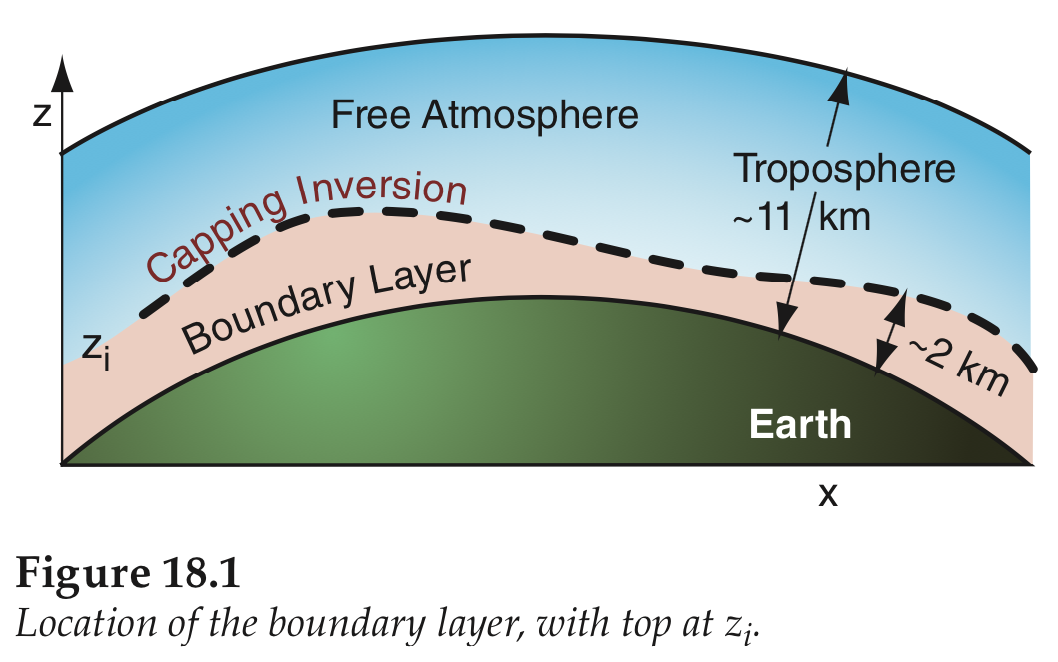SiLo wrote: ↑15 Mar 2022, 17:11
I would assume air follows similar principles as a fluid though right? Is that not why it's called Computational Fluid Dynamics?

Of course, gases and liquids are fluids...
ringo wrote: ↑15 Mar 2022, 17:35
No. The rolling road is to ensure the air and road have the same general velocity relative to the car.
The boundary layer suction device is just to adjust for the fact.
But boundary layer must exist.
The car collides with the air and squeezes it under the floor and basically pumps it. The floor then shears the air over the ground. The air will have relative motion between both it and the ground and the car. Think of plates inside a torque converter in an automatic transmission.
The windtunnel and rolling road tries its best to simulate this. It's this imperfection why the teams did not have porpoising cars in the windtunnel.
I do home CFD, I create the car model and create a ground. I set that ground surface to the same velocity of the air. That's pretty basic stuff, but it doesn't mean that's exactly what's happening in reality.
And you will see some relative motion there because the flow is not steady and there is compressibility. It's not steady state and perfectly laminar like what you study in basic examples. Real life it's even more different because the car is working the flow. In the wind tunnel the air is trying to work the car, so it's a loose approximation.
I honestly don't understand what you are trying to prove. Your assertion, formed by mixing up various effects and drawing some conclusions from that is entirely and completely wrong, from the very beginning. Any gust of wind will cause a boundary layer on the ground lasting as long as the gust lasts, about 1-2 seconds or so. Any steady wind will cause a boundary layer on the ground as well, but when the car goes through it this wind generates yaw and this is examined in CFD and wind tunnels. We aren't arguing this. However, do remember that the entire Earth's surface is covered in one big boundary layer, as a result of atmospheric movement. Yet, those are macroscopic phenomena and not taken into account when solving most of aerodynamic engineering problems.
 None of this
None of this is in any way related to venturi-tunnel floors choking and inducing porpoising. Just like
none of those phenomena are meaningful enough to be simulated or examined by F1 or any other car aerodynamicists on a regular basis during car development. We know how many details F1 aero teams take into account and the fact they don't take wind-gust-caused and macroscopic boundary layer into account in CFD or wind tunnels speaks about its insignificance. They spend insane amount of time and money trying to align rolling road and free-stream velocity to who knows which decimal -
precisely not to induce any boundary layer formation on the rolling road.
Now for the other part, which is also wrong. Yes, car colliding with the air is causing it to move relative to its previous position - pumps the air, as you've said it. However, due to the viscosity of the air, the fluid parcel on the ground will not move at all even when the car goes above it or when there is a wind gust. In fact, this car-induced air movement cancels any boundary layer formed by wind gusts of realistic air-speeds, relating to the point I made above about the insignificance of wind/thermal-induced boundary layers.
Viscosity is, of course, the very reason why boundary layers are formed in the first place - when the ground/wall is stationary and the
air continuously moves over it. And this is why there are boundary layers on the whole car (of different lenghts, Re number, laminar, turbulent etc.), including the floor, but not on the road - the air does not move continuously over the road. Any longitudinal CFD cut-plot will show there is no boundary layer on the ground, like this
screenshot of x-sweep CpT of FW43B from David Penner.

To wrap this up, one more point. Planar fluid movement can't move a fluid parcel on any wall. This does not mean those parcels are fixed forever to the same point, as any perpendicular (upward) fluid movement can and does move them. This also happens when an F1 car goes over an observed fluid parcel and at some point there is a perpendicular velocity vector which does move the parcel away from the ground. This perpendicular movement does not induce another boundary layer - only movement parallel to the wall surface induces boundary layer.
Bear in mind there are young engineers and engineering students reading this forum next time you feel like using poorly understood arguments to persistantly back-up incorrect assertions. I was once one of those young students also, reading incorrect claims here sent me in the wrong direction a few times and I took me a while to understand that I don't actually understand something. As fellow engineers, we have a duty (at the very least to them) not to mislead them with false claims made by partial understanding of engineering problems, theory or empirical solutions.
That's it from my side, I'm out...




